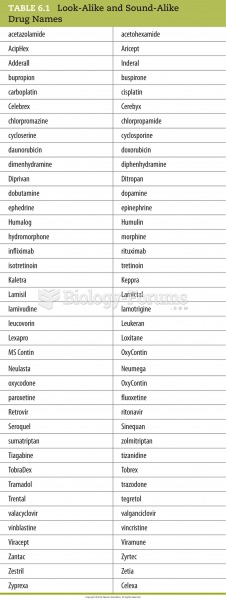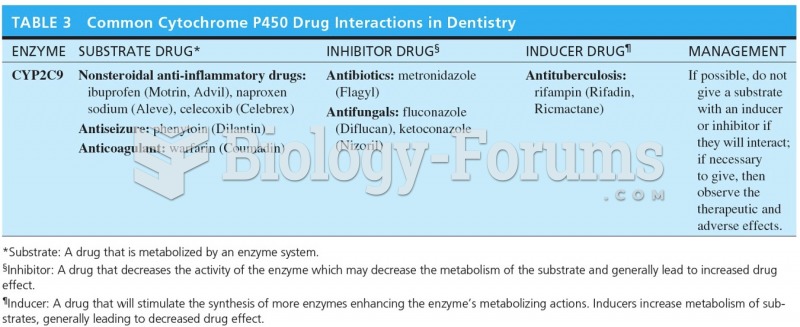|
|
|
As the western states of America were settled, pioneers often had to drink rancid water from ponds and other sources. This often resulted in chronic diarrhea, causing many cases of dehydration and death that could have been avoided if clean water had been available.
Street names for barbiturates include reds, red devils, yellow jackets, blue heavens, Christmas trees, and rainbows. They are commonly referred to as downers.
Alzheimer's disease affects only about 10% of people older than 65 years of age. Most forms of decreased mental function and dementia are caused by disuse (letting the mind get lazy).
Interferon was scarce and expensive until 1980, when the interferon gene was inserted into bacteria using recombinant DNA technology, allowing for mass cultivation and purification from bacterial cultures.
Prostaglandins were first isolated from human semen in Sweden in the 1930s. They were so named because the researcher thought that they came from the prostate gland. In fact, prostaglandins exist and are synthesized in almost every cell of the body.
 First-pass effect: (a) drugs are absorbed; (b) drugs enter hepatic portal circulation and go directl
First-pass effect: (a) drugs are absorbed; (b) drugs enter hepatic portal circulation and go directl
 James A. Garfield lies mortally wounded. After failing to locate the bullet, surgeons called in Alex
James A. Garfield lies mortally wounded. After failing to locate the bullet, surgeons called in Alex





